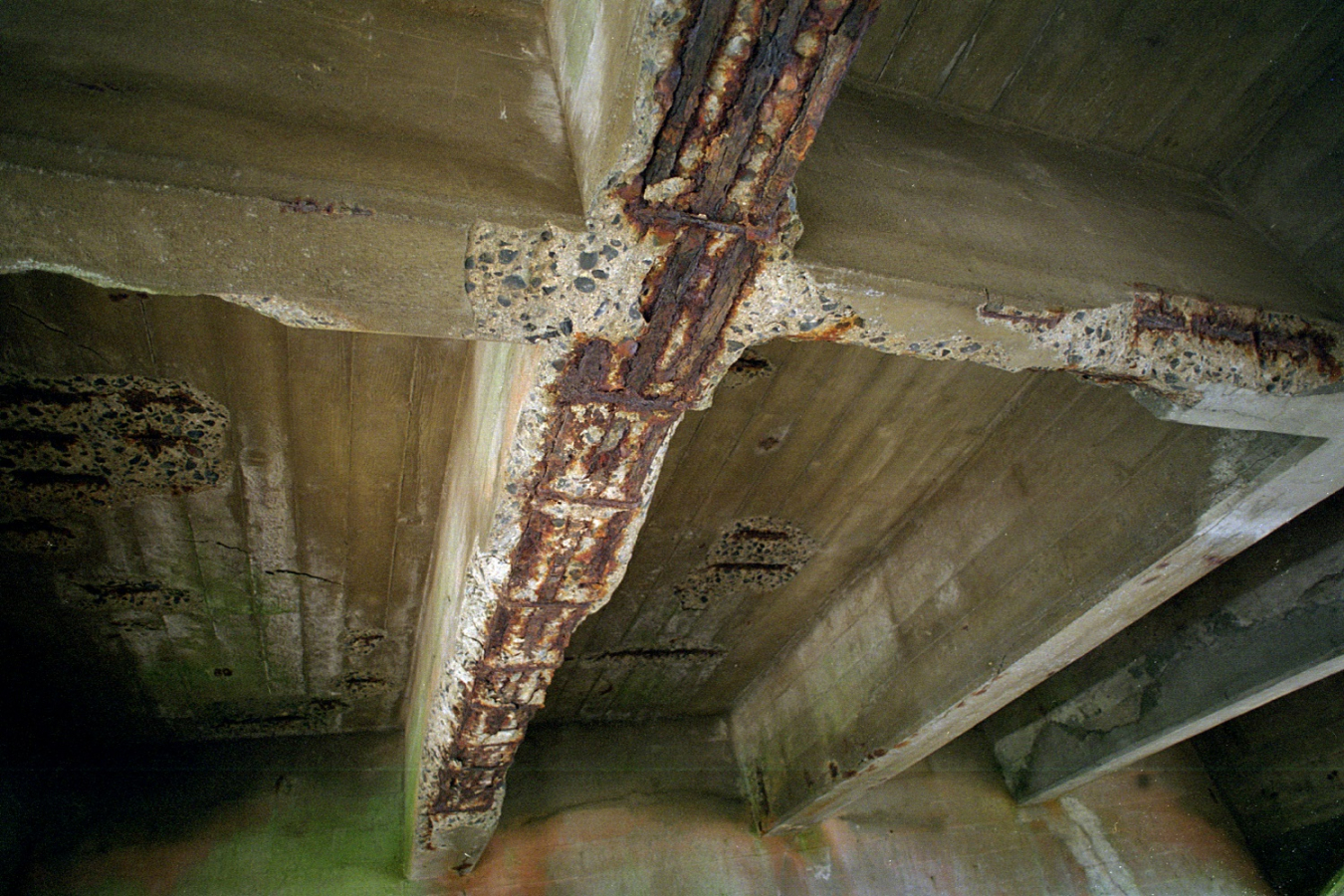The Office of Fossil Energy’s National Energy Technology Laboratory has specialized facilities and a comprehensive materials research program focused on developing high-performance materials for use in fossil fuel–based power generating systems.
Hydrocarbons and Geothermal Energy Office
December 16, 2016
We all know what corrosion looks like. When something is rusty, peeling, or falling apart we call it corroded. But how is it defined?
Simply put, corrosion is the destruction or deterioration of a material due to a reaction with its environment. If your teenager runs down your chain-link fence, that’s not corrosion. But when it starts to rust and sag after a series of bad winters, bingo!
Visible rust is an everyday example of general corrosion of iron-based alloys. More insidious and visually harder to detect forms of corrosion include environmentally induced cracking and crevice corrosion, which may result in structural failure without prior warning. An example is the Leo Frigo Memorial Bridge, which carries Interstate 43 over the Fox River in in Green Bay, Wisconsin. When a 400-foot section of the bridge suddenly dropped more than two feet on the evening of September 24, 2013, corrosion was the culprit. Luckily, in this case, no one was injured.
Corrosion impacts a wide range of industries—including transportation, infrastructure, manufacturing, oil and gas exploration, and utilities—and it’s incredibly costly. The total cost to the U.S. economy is estimated to exceed a trillion dollars annually. Corrosion is nearly impossible to prevent, but measures can be taken to control the rate at which it occurs.
There is a rich area of science focused on combating corrosion. Some research aims to develop ways to protect metals surfaces through the application of protective barrier coatings. Prior to the introduction of galvanized steel into the automobile manufacturing process, it was not uncommon to have your new car undercoated for rust protection. Products such as Rust-Oleum® paint contain additives that provide a protective coating to help metal surfaces resist corrosion resulting from ambient weather.
Such products may be beneficial under many scenarios, but they’re no match for the harsh conditions encountered in our nation’s power plants, where temperatures can reach 1,400 degrees Fahrenheit and pressures may exceed 5,000 pounds per square inch. These extreme environments require the development of new, advanced materials and novel metallurgical processes.
The Office of Fossil Energy’s National Energy Technology Laboratory has specialized facilities and a comprehensive materials research program focused on developing high-performance materials for use in fossil fuel–based power generating systems. Integration of innovative materials will allow power plants to operate at higher temperatures and pressures, leading to improved operating efficiency and reduced emissions. The use of more durable materials will also increase useable lifespan of system components, resulting in reduced operating costs.
The second law of thermodynamics says, “In a natural thermodynamic process, the sum of the entropies of the interacting thermodynamic systems increases,” which is a fancy way of saying things fall apart. But at NETL, we’re putting up a fight.

